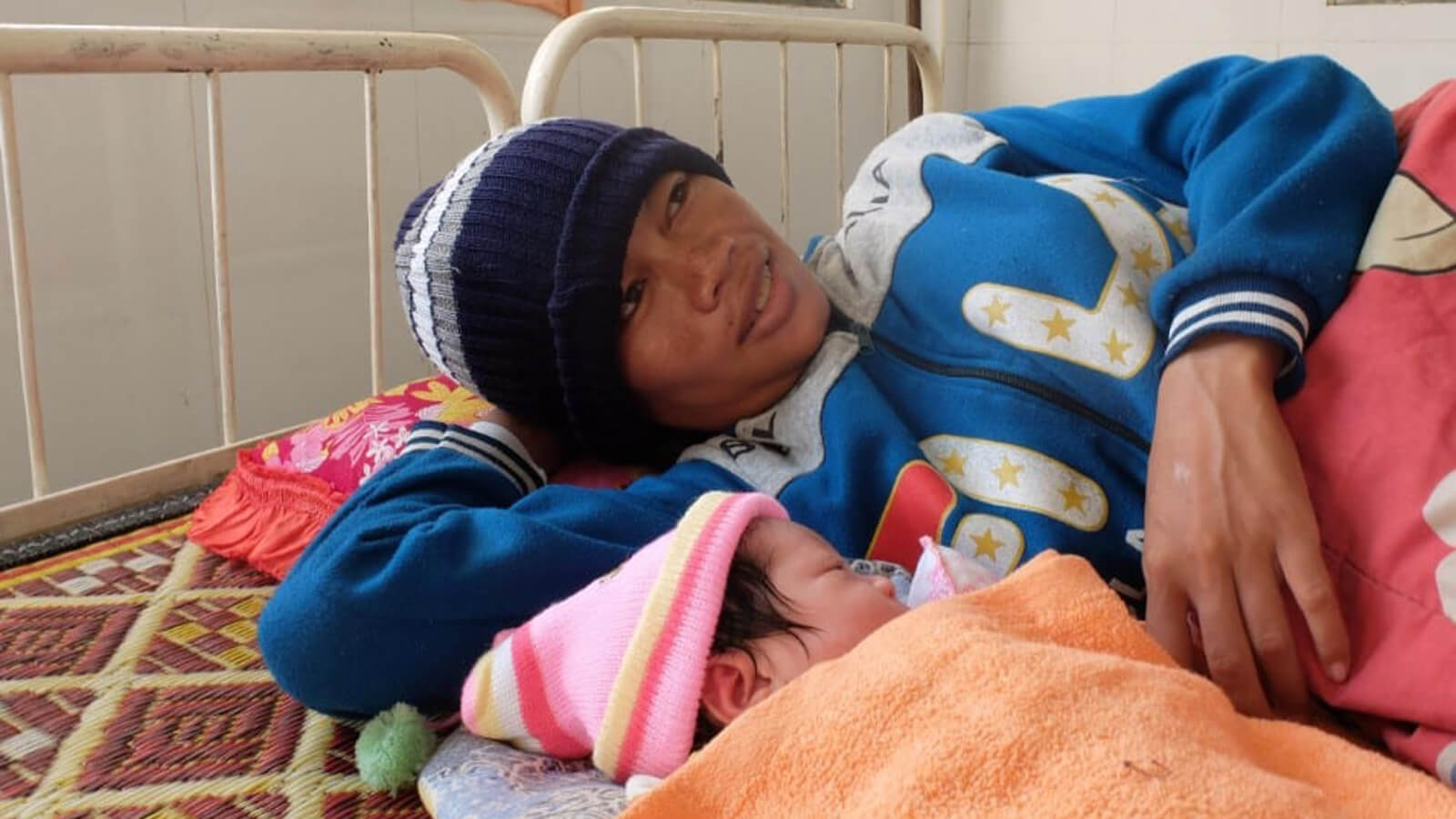
A Social Impact Assessment Mission in Cambodia
The Background
After spending over four years in investment banking, my main motivation to come to INSEAD was to pivot my career journey - from corporate to community. So, I was determined to spend my summer gaining experience and exposure in the social impact space.
I was fortunate to gain access to an interesting opportunity via INDEVOR, the social impact club at INSEAD. It was a Social Impact Assessment (SIA) study for the Water and Health (WAH) Foundation, a Cambodian NGO that provides access to clean water, health and education programmes to schools and hospitals in the Kampong Chhnang province. The study, specifically, was to assess the impact of their midwives and paediatrics training programmes.
I applied for the role at AQWA, an independent SIA firm based in Paris. After a couple of calls and meetings with them, I was finally selected to be part of a four-member team to conduct the mission in Cambodia.
The Mission
The seven-week mission was divided into three distinct stages:
- Preparation (1 week): This was the time we spent with the WAH team understanding all their objectives and activities, defining the parameters of our study and drafting questionnaires for each relevant stakeholder.
- Data collection (3 weeks): This was arguably the most fun (and exhausting) part of my experience, travelling across four provinces in Cambodia interviewing over 200 beneficiaries – patients, midwives, nurses, doctors and managers – of 20 different health centres and hospitals to gather the primary data for our study.
- Data analysis (3 weeks): In the final few weeks, we had to analyse all the information using different SIA tools and methodologies, package the key takeaways into a report and present our findings to the WAH Board and management team.


The Impact
Maternal and infant mortality is a significant concern in Cambodia. Nearly one out of every four women don’t have access to a skilled birth attendant, while nearly one out of every five child deaths is due to acute respiratory distress. The national maternal mortality rate of 170 (per 100,000 live births) and child mortality rate of 54 (per 1,000 live births) remains high.
Still, considerable progress has been made in the last decade due to government intervention and NGO support. Key strategies have included providing access to quality family planning, establishing emergency obstetric and newborn care facilities, expanding universal health coverage and investing in midwife and paediatric trainings.
The latter has been the key focus area for WAH, and our experience on the field really highlighted the difference that a quality training programme can make to midwives and doctors - not just to their knowledge and skills, but also to their confidence and job satisfaction. By visiting target and control group health facilities, we could analyse the skill gaps between the medical staff, understand the key variances between various health training programmes and listen to the perspectives of the ultimate beneficiaries – the patients.
In the end, I hope our leanings and recommendations will be helpful for WAH to - improve their existing trainings, deploy new modules, find new donors and sustainably scale their programmes nationwide.
The Takeaways
My time in Cambodia was truly rewarding from both a professional and personal standpoint.
Professionally, it helped me gain experience in SIA and observe up-close the operations and challenges in an NGO. Despite the constraints that WAH faced on a daily basis (like lack of resources, finance, technology, etc.), I was inspired not just by the work that they were doing, but also by their commitment. The WAH employees worked almost as much as I did in my previous job, but with a different motivation and with a smile on their faces. You could see that everyone went above and beyond their role description to ensure their work was making a positive contribution to the community.
During my field work, I also gained plenty of exposure to unpredictable and unstructured situations; often a norm in the social impact sector. From the buggy questionnaire app breaking down, to midwives needing to deliver in the middle of an interview - it was a good barometer for me to assess my adaptability during moments of uncertainty. In the end, you just have to roll with the punches and avoid over planning (which I was pretty good at).
On the personal side, my time and experience in Cambodia will grace my memory banks for a long time. Cambodians are probably the kindest and nicest people you will ever meet and, from day one we were welcomed and made to feel at home. Kampong Chhnang, the sleepy pottery village located a couple of hours from the hustle of Phnom Penh, provided me with the perfect backdrop to spend my summer. This small town is bonded by its love for food, nature watch and karaoke (so perhaps, it wasn’t that hard to fit in after all).
Saying goodbye at the end of the project to my friends at WAH and AQWA was incredibly difficult. But I feel extremely grateful to have shared this experience with them and to have been a small part of their lives and community – the reasons why I decided to do this in the first place.






